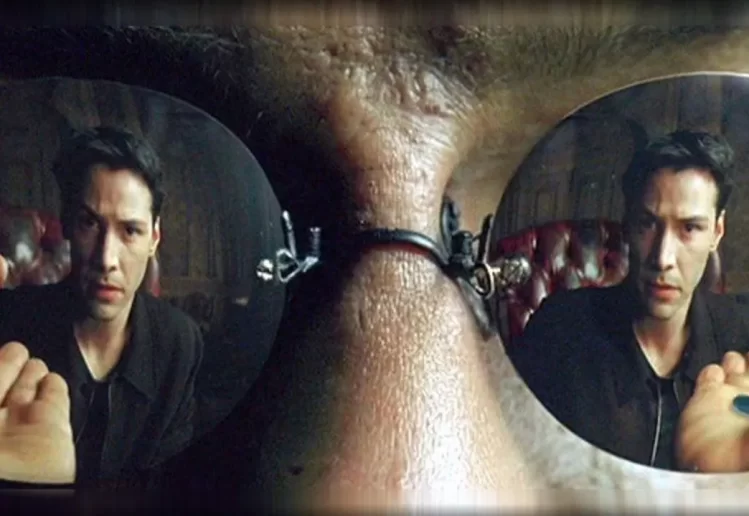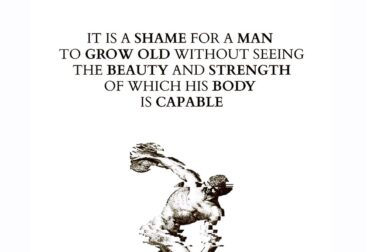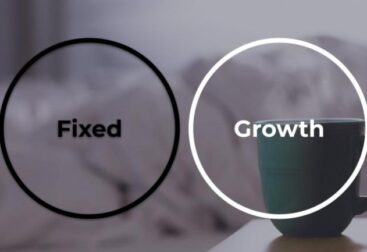Social media has become the ultimate distraction, digital minimalism is the cure.
If you’ve seen the 1999 blockbuster, The Matrix, your most enduring memory is likely to be the iconic “bullet time” scene. The one where Neo rocks back to dodge a hail of oncoming bullets. Hardly realistic! But other aspects of the movie are turning out to be more lifelike than anyone could’ve expected. The Matrix is set in a dystopian future world where sentient machines have created a simulated reality to control humanity. While humans are pacified by the computer-generated dream world, the machines harvest their energy.
While they aren’t run by sentient machines (as far as we know), social media companies today operate in a frighteningly similar fashion. They’ve created digital dream worlds designed to keep our minds occupied, while they profit off our attention and personal data. These digital worlds have become ubiquitous, even your grandma is on Facebook. We’ve been sold the illusion that these platforms help us stay connected and informed. The truth is far more sinister. Most people in the matrix are happy to swallow the blue pill and remain blissfully unaware of their true condition. Likewise, many of us don’t understand the true cost of spending hours each day scrolling through our feeds.
Like Neo, we now face a choice. We can take the red pill and free ourselves from the dream world and take control of our attention. We can be intentional about the digital tools and habits we adopt and create a reality which supports our personal values and goals. The first step in freeing yourself is understanding how the matrix operates.
If you’re not paying for the product, you are the product

Social media companies have swathes of employees constantly churning out new features. They have vast marketing budgets and the infrastructure to handle hundreds of millions if not billions of users. And yet, their service is seemingly completely free. How is this possible?
This is possible because the apps they create aren’t the product. You are! These companies make money by monetizing your attention. The phrase “if you’re not paying for the product, then you are the product” is often used to describe this business model. If we’re using a service for free, the company is making money by selling access to us, usually in the form of targeted advertising.
When we sign up, we provide these companies with a wealth of information, including our demographics, interests, and online behaviour. This information is used to create detailed profiles of each user, which are then sold to advertisers. Advertisers use these profiles to target specific groups of users with ads that are more likely to be relevant and engaging. The more information they have about us, the more valuable we are to advertisers.
For companies that sell advertising, our attention is the ultimate commodity. The longer you stay on the platform, the more ads you see, and the more money they make. Social media companies have an armoury of techniques to keep us on their platforms for as long as possible. These methods may seem harmless, but they can wreak havoc on our attention spans and our ability to focus. The following are just a small fraction:
Constant notifications
They send notifications for everything from mentions and direct messages to likes and comments. These notifications create a sense of urgency and FOMO (fear of missing out) that keep users checking their phones constantly. As a result, we struggle to be in the moment whether we’re trying to work or have a conversation with someone.
Variable rewards
Social media platforms use variable rewards to keep users hooked. The number of likes and comments a post receives is unpredictable, creating a sense of excitement and anticipation. This is similar to the way slot machines hook players. The outcome of each spin is unpredictable, so you keep pulling the lever, knowing the next one might just be a big win. They both take advantage of the “near-miss” effect. The player is shown something desirable that’s just out of reach, leading them to keep trying for that big reward. This creates a sense of addiction, as the brain’s reward system is put into overdrive.
Personalization
They have developed algorithms to show users content that is likely to be engaging and interesting to them, making it more likely that they will continue using the platform. This can be extremely detrimental as we’ll see in the coming section.
The algorithm and the echo chamber

Social media companies have armies of data scientists whose job is to figure out exactly what keeps us hooked. They design algorithms which maximise one thing above all: engagement. This means the content you see isn’t a representative sample of all the content that is available on the platform. Rather, It’s a curated selection of the content that is most likely to keep you engaged with the platform.
Polarizing and sensationalized content naturally generates more engagement than more balanced viewpoints. We are also much more likely to engage with content which confirms our worldview. The algorithms create an echo chamber in which we are exposed primarily to information that confirms our existing beliefs and opinions. We are more likely to share this content without verifying its accuracy, meaning misinformation can spread easily. “Fake news” is becoming an ever more dangerous and prevalent phenomenon thanks to this.
As we are exposed less and less to opposing perspectives, we become more entrenched in our view of the world. If we are shown content created by the “opposition”, it’s likely to be the most extreme example. The sort of thing which will enrage or upset us. The algorithm loves it when you have a shouting match with a stranger, as long as you stay on the platform. This explains why it has become so difficult for us to have any productive political discourse over the past decade.
The average post is stupider than the average user

We’ve all been advised to “think before you speak” at some point in our lives. The more astute of us take this sage advice onboard and become more careful with our words. The instantaneous nature of social media can lead many of us to neglect this advice. People who don’t put much thought into their words before posting can end up dominating the conversation. Additionally, the anonymity and distance provided by social media can cause some people to lose their inhibitions and say things they would never dare to say face to face.
If stupid people are more likely to post, then the average post on social media is stupider than the average social media user. This may be pulling down our collective IQ thanks to a phenomenon called the “mere exposure effect”. Research has shown that people tend to have a positive bias towards things that are familiar to them. Repeated exposure to an idea or message can increase the likelihood that people will find it appealing or convincing. This idea is why advertising is so effective. If the algorithm constantly feeds you dimwitted content, it’s likely you’ll start agreeing with much of it without realising.
What is Digital Minimalism?
Digital minimalism is a term coined by author and professor Cal Newport in his book of the same name. It’s “a philosophy of technology use in which you focus your online time on a small number of carefully selected and optimized activities that strongly support things you value, and then happily miss out on everything else.” It’s about being intentional with the digital tools and habits we use, and how to use them, to improve our well-being and quality of life.
Digital Minimalism has 3 core principles:
Principle #1: Clutter is costly. Digital minimalists understand that excessive, unmindful use of devices, apps, and services can easily have a net negative impact on their time and attention.
Principle #2: Optimization is important. Digital minimalists think carefully about which technologies they use and how they use them. They only use technology which supports their goals and values.
Principle #3: Intentionality is satisfying. Digital minimalists find satisfaction in being intentional about their engagement with technology. This satisfaction is not tied to specific decisions and is a major reason that minimalism is often deeply meaningful to them.
The Digital Declutter
Take a thirty-day break from social media and other inessential technologies. Cold turkey! This won’t be easy because we’ve become so dependent on our devices, but as you rediscover the activities that bring you real satisfaction, it will get easier. After the break, begin reintroducing technologies into your life but approach them with a fresh perspective. For each technology you reintroduce, determine what value it serves in your life and how specifically you will use it to maximize this value.
Completely detaching for 30 days will give you clarity and help you avoid the addictive pull of technology influencing your decisions. The goal is to create a life where technology plays a supportive role in achieving what we truly find meaningful.
To allow an optional technology back into your life at the end of the digital declutter, it must:
Serve something you deeply value (offering some benefit is not enough).
Be the best way to use technology to serve this value ( if it’s not, replace it with something better).
Have specific guidelines on when and how you use it.
Taking on the 30-day digital declutter can be daunting because of the intense FOMO our devices give us. But rest assured, it will be worth it! I have yet to meet someone who has removed social media from their life and regretted it. If you turn out to be the first to experience this by some miracle, you can easily plug back in as if nothing happened.
Some more tips to manage social media
Turn off notifications: This will help reduce the constant sense of urgency and FOMO.
Set time limits: Most social media platforms have built-in tools that allow you to set limits on how much time you spend on the app each day.
Take regular breaks: Schedule regular breaks from social media, such as taking one day off a week, or going on a digital detox.
Be mindful of personalization: Be aware of how personalization can influence your engagement with social media, and try to actively seek out new and diverse perspectives.
Find alternative activities: Finally, find alternative activities to fill the time you’ve freed up from using technology less. This could include reading a book, going for a walk, or spending time with friends and family.
Conclusion
Social media gives us the illusion of connection with our friends and family, but for most of us, it simply doesn’t serve this purpose. Big Tech has created digital worlds which keep us hooked while they profit off our attention and personal data. The more time we spend on these platforms, the more our autonomy and ability to live in alignment with our values and goals are compromised.
Digital minimalism offers a way out. It promotes the intentional use of technology that aligns with our personal goals and values. By being aware of these companies’ business models and making conscious choices, we can break free from the negative effects of this technology and improve our well-being and quality of life.






